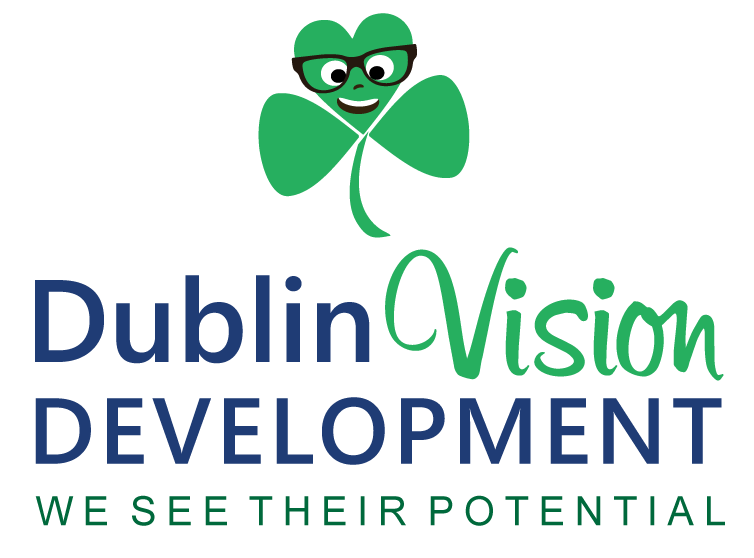Tip #4 - Stop Squinting
I remember squinting and still not being able to see the eye chart. Then I put on my first glasses - wow - everything looked so crisp. Yet each year that clarity faded, and my lenses thickened.
I developed myopia or nearsightedness. This condition happens when the eye grows too long. It causes blurry distance vision, squinting and headaches. Glasses help the blurry vision, but not the eye growth. Left untreated myopia can cause serious ocular health problems, like cataracts, glaucoma and retinal detachment.
The risk for quickly progressing myopia is greatest if your child:
Has 2 nearsighted parents (50% risk) or 1 nearsighted parent (33% risk)
Became nearsighted before age 10
Plays outside less than 90-120 minutes each day
Holds reading material very close, less than 8-10 inches from their face
Is of Asian descent
Did you know there are treatments that can put the brakes on worsening nearsightedness?
Studies show specially designed contact lenses and eye drops can slow the need to change your child’s prescription and also can slow their eye growth.
I am one of the first US providers in the Brilliant Futures Program. This program centers around the MiSight contact lens device. MiSight is a daytime, single use contact lens. MiSight is the 1st FDA Approved treatment for myopia control. Children who wore these devices slowed their prescription increases by almost 60% and eye growth by over 50%.
Talk to an optometrist about the best option to manage your child’s myopia.
My only option was a pair of glasses or contact lenses. Now research shows there is so much more to offer my own children and my patients at Dublin Vision Development.

